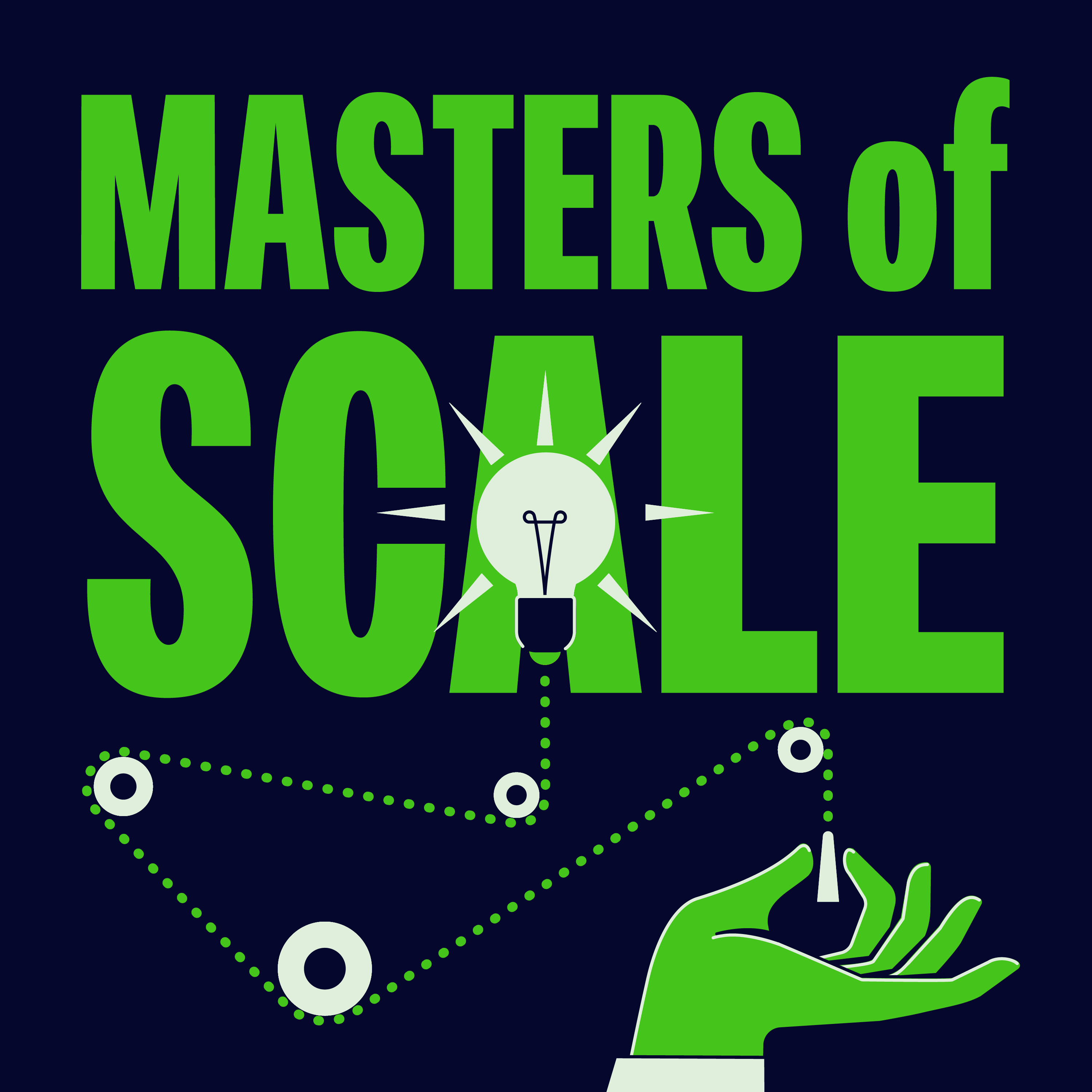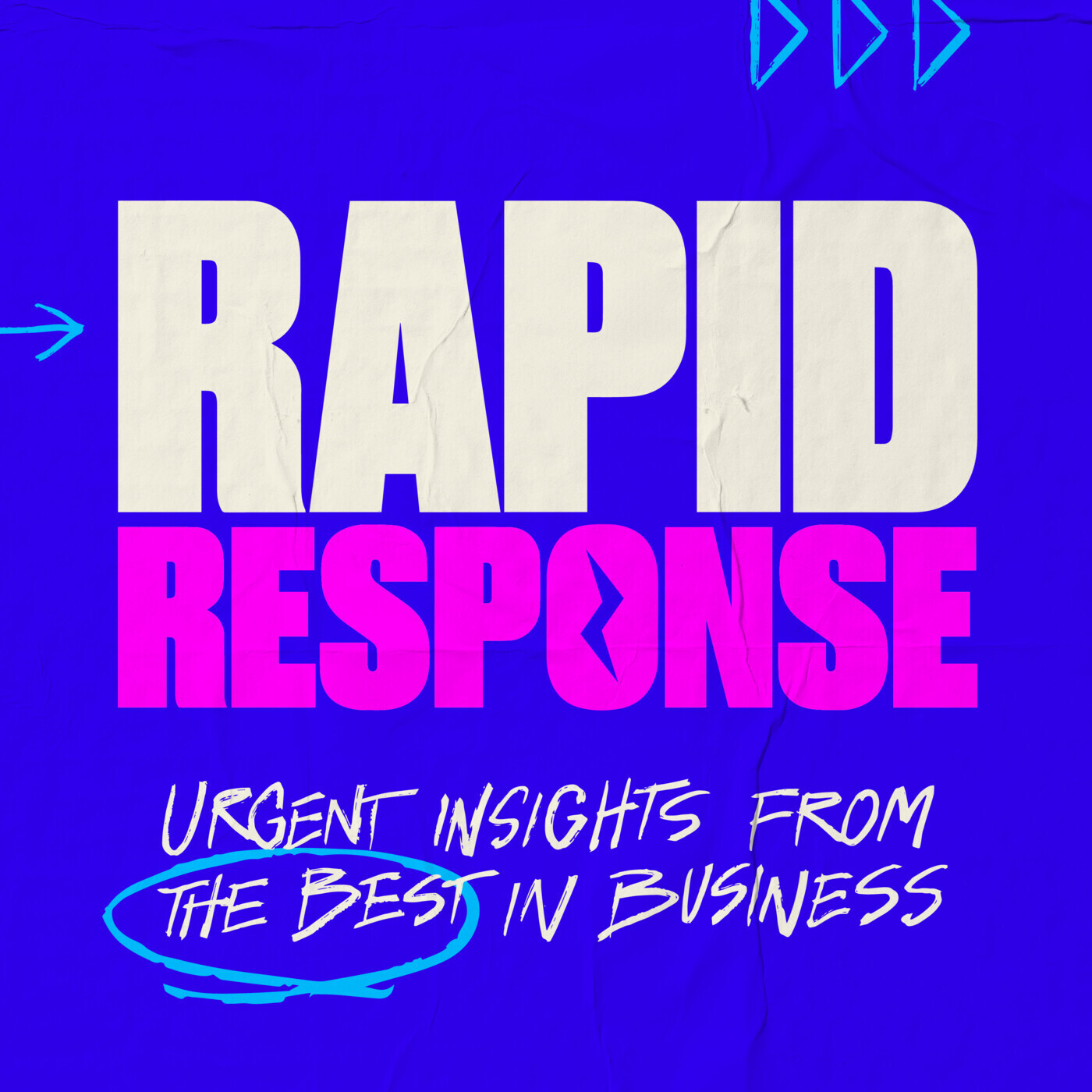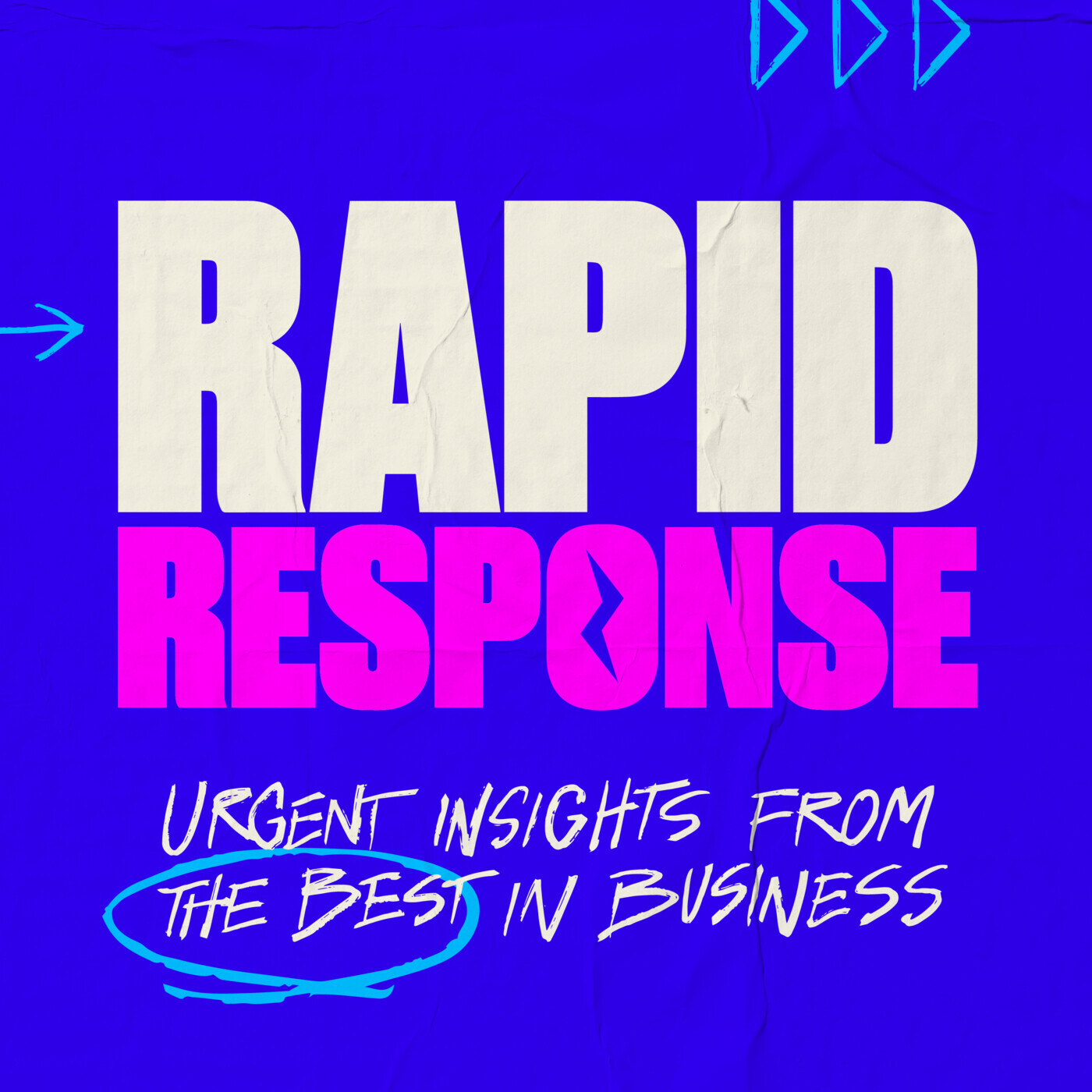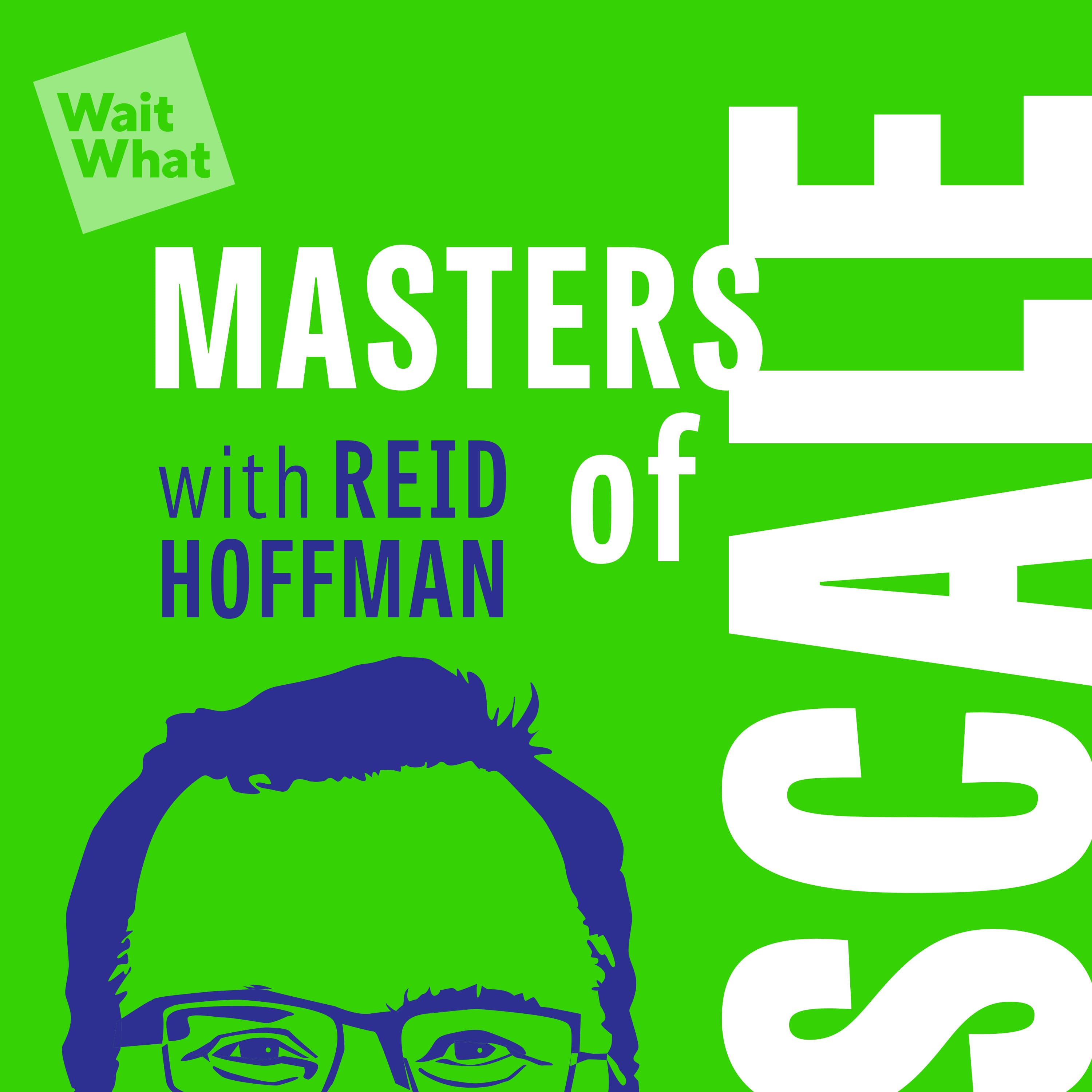
April 18, 2024 • 28min
Rapid Response: How Star Trek prospers against Netflix and Disney+, w/Executive Producer Alex Kurtzman
Masters of Scale
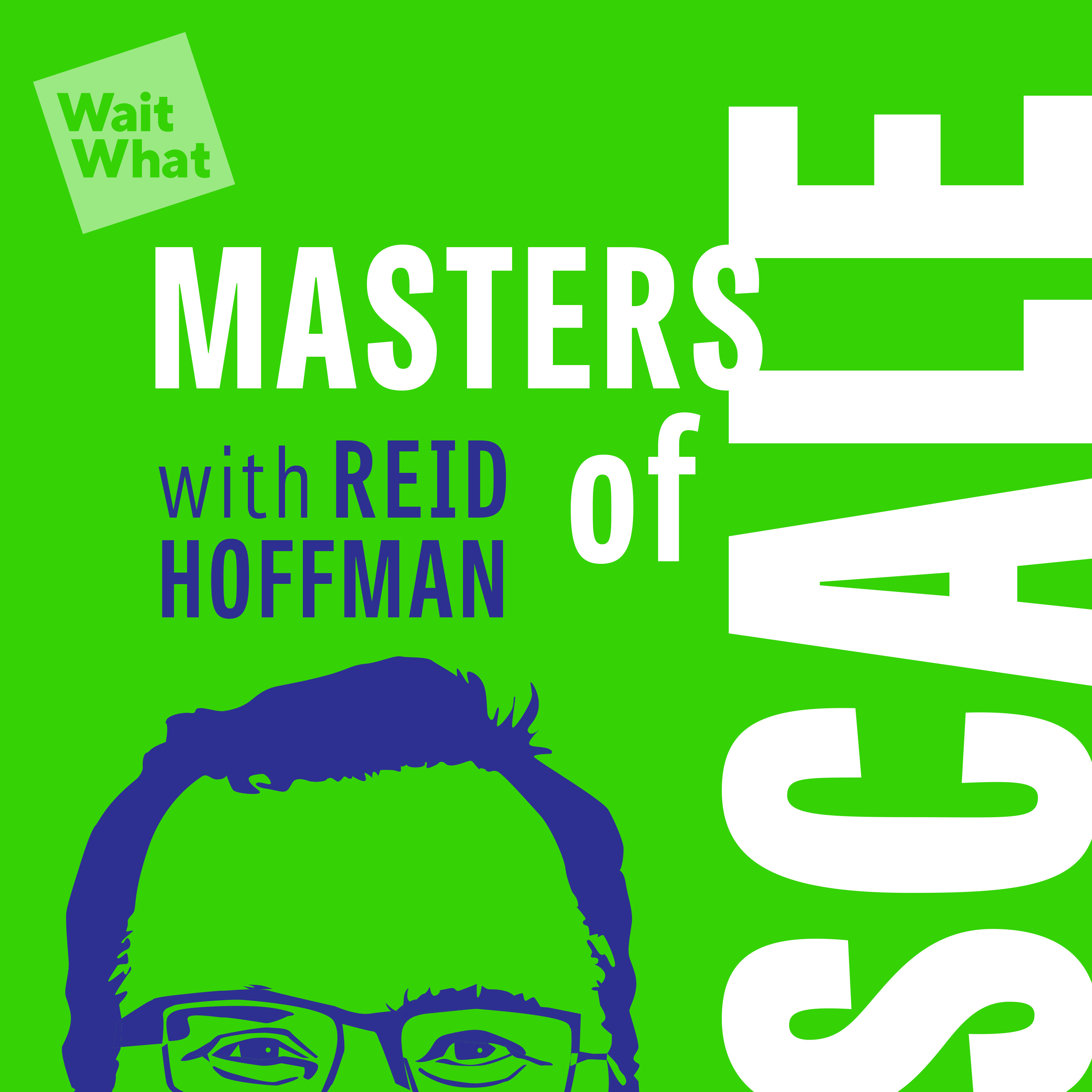
Key Takeaways
- Balance fan service with innovation: Pleasing core fans is critical, but taking big creative risks is necessary to keep the franchise fresh and attract new audiences
- Quality over quantity: Focus on producing high-quality content rather than churning out a large volume of mediocre content
- Think long-term: Consider the long-term value and monetization potential of content, not just short-term metrics
- Diversify content: Create different types of shows (drama, comedy, animation) to appeal to different audience segments
- Leverage existing assets: Reuse props, costumes, and visual effects across shows to maximize efficiency
- Assemble diverse creative teams: Include both die-hard fans and outsiders to balance perspectives
- Adapt to changing media landscape: Be prepared to pivot strategy as streaming wars and audience habits evolve
Introduction
Alex Kurtzman is the executive producer behind Paramount's expanding collection of Star Trek TV shows. As a veteran of major franchises like Transformers and Mission: Impossible, Kurtzman offers insights into managing beloved brands, competing in the streaming wars, and adapting to changes in Hollywood. This episode explores how Kurtzman balances fan expectations with innovation to keep Star Trek relevant, while also discussing broader trends in the entertainment industry.
Topics Discussed
Balancing Fan Service and Innovation (4:57)
Kurtzman emphasizes the importance of pleasing core Star Trek fans while also taking creative risks to attract new audiences. He notes:
- There are many different segments of Star Trek fandom, not just one monolithic group
- Listening to fan feedback is critical, but you can't always give fans exactly what they say they want
- Taking big creative swings (like blowing up Vulcan in the 2009 film) can pay off if executed well
"If I had taken a poll and asked every Star Trek fan out there, should I kill Spock at the end of the film, they would have crucified me. But because we did it the way we did it, it's the scene everybody remembers and still talks about as one of the greatest scenes, if not the greatest scene ever in Star Trek."
Streaming Strategy and Business Model (12:22)
Kurtzman discusses the challenges of competing in the streaming wars:
- Focus on quality over quantity of content
- Consider long-term monetization potential, not just short-term metrics
- Leverage the existing Star Trek brand to cut through the clutter
- Keep production costs reasonable compared to other major franchises
"Part of my job is understanding how Star Trek monetizes for the company that I work for. So in this weird moment in streaming, where it's very hard to tell what metric anyone is using to really argue success, is it viewership? Okay, well, but what kind of viewership?"
Evolving Media Landscape (19:05)
Kurtzman shares his perspective on changes in how audiences consume content:
- Younger viewers lack loyalty to specific streaming platforms
- The "golden age of streaming" with extremely high-budget shows is ending
- Streamers are now focused on more cost-effective, recognizable content
- Industry consolidation is likely as some platforms struggle to compete
"We have watched, over the last decade, the great streaming wars, and I think there was a window of time that happened to coincide with what everybody calls the golden age of streaming, where you had this unbelievable amount of quality television on, where you would get these amazing artistic shows that all cost 20 million dollars an episode and made $0 for anybody, right? But they were amazing pieces of art. It was an incredible time. I think we have now come out the other side of that."
Production Efficiency and Asset Reuse (22:05)
Kurtzman explains how Star Trek maximizes efficiency in production:
- Shoot most shows in Toronto to leverage existing infrastructure
- Reuse props, costumes, and visual effects assets across multiple shows
- Amortize costs by sharing assets between different Star Trek series
"We now have all these assets that we can begin cross pollinating between shows and not just the assets that we physically built. Because you have to remember, if we need a prop, we can't go down to the store and buy it. We have to make it right? If we need a costume, we can't go to the local whatever and get a cop outfit. We have to make it. Everything is bespoke on our show."
Creative Team Composition (25:38)
Kurtzman discusses his approach to assembling writing teams:
- Include both die-hard Star Trek fans and outsiders for diverse perspectives
- Have "die-hard policemen" to protect canon and continuity
- Engage in debates to thoroughly vet creative decisions
"When a writer says to me, yeah, I'm not really a Star Trek person, I will go hard at bringing them onto that staff because I need that objectivity. I need someone to be like, that's just not holding my interest. You know, if I can get somebody who's not a Star Trek fan to start liking it, then we've got something."
Impact of Hollywood Strikes (26:48)
Kurtzman reflects on how the 2023 Hollywood strikes affected the industry:
- Immediate freeze on buying new projects when work resumed
- Fundamental changes to what types of content get made and how much
- Need for creators to stay nimble and adapt to new landscape
"I think there's something that's been fundamentally altered. I don't think it's going to be business as usual. I think that there's going to be something new, there's going to be something totally different."
Conclusion
Alex Kurtzman's insights reveal the delicate balance required to manage a major entertainment franchise like Star Trek in today's rapidly evolving media landscape. His emphasis on taking calculated creative risks while respecting core fans, focusing on quality over quantity, and adapting to industry changes offers valuable lessons for leaders in any field dealing with disruption and changing consumer habits. As the entertainment industry continues to transform, Kurtzman's approach of staying nimble, leveraging existing assets, and thinking long-term provides a blueprint for navigating uncertainty while keeping a beloved brand relevant for new generations.
